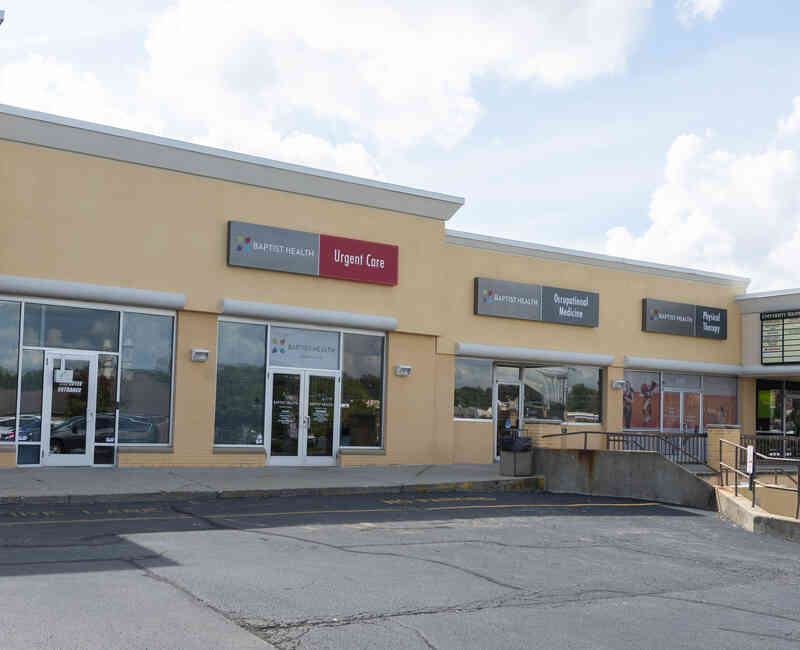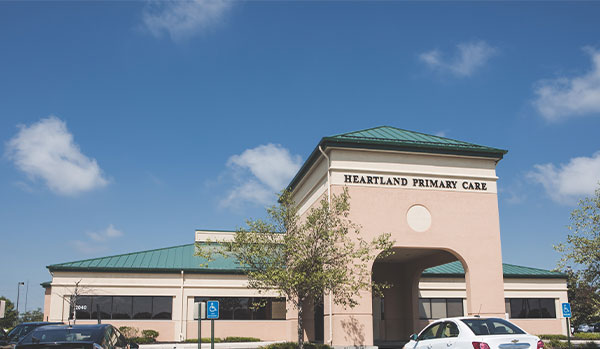Specialist Suggestions on Navigating Clinic Options for Urgent Care
Specialist Suggestions on Navigating Clinic Options for Urgent Care
Blog Article
The Value of Urgent Care Centers in Bridging the Void Between Medical Care and Emergency Providers
Immediate treatment centers have emerged as a crucial part of the health care landscape, successfully addressing the crucial need for instant medical attention without resorting to emergency situation services. The evolving function of urgent care facilities increases important inquiries about their integration within the broader healthcare system and the ramifications for individual end results and source appropriation.
Summary of Urgent Care Centers
Immediate care facilities have actually ended up being an important element of the medical care delivery system, supplying available medical solutions for non-life-threatening problems. These facilities commonly operate outside typical office hours, offering individuals a choice to emergency clinic and key treatment settings. Patients seeking immediate care often existing with concerns such as minor injuries, infections, or diseases that call for punctual attention yet do not posture a prompt risk to life or limb.
Urgent treatment centers are staffed by a range of health care specialists, including medical professionals, registered nurse practitioners, and doctor assistants, that are geared up to detect and deal with numerous clinical worries. They typically include diagnostic tools such as X-ray devices and research laboratory services, enabling them to provide comprehensive care on-site.
The facility of urgent treatment centers has actually been affected by the raising demand for prompt clinical services in a fast-paced culture, where individuals might have a hard time to protect consultations with health care suppliers. Therefore, these facilities intend to reduce blockage in emergency situation departments, boosting overall medical care performance. Furthermore, urgent care facilities usually serve as a bridge in between health care and emergency situation services, guaranteeing that clients receive appropriate care customized to their certain clinical demands.

Benefits of Urgent Treatment Solutions
Accessing prompt medical care is a substantial benefit of urgent care solutions. These centers offer prompt interest for non-life-threatening problems, properly minimizing delay times compared to standard emergency departments. Patients seeking take care of minor injuries, diseases, or urgent health and wellness concerns can obtain therapy without the long delays often associated with hospital visits.
Another trick benefit is the extensive hours of operation. Lots of urgent treatment centers are open nights and weekends, suiting clients who may not be able to see their main treatment company throughout standard office hours. This versatility makes urgent care an obtainable alternative for those with busy schedules or sudden health problems.
Moreover, immediate treatment facilities commonly offer a variety of solutions, consisting of analysis testing, X-rays, and basic research laboratory services. This comprehensive technique enables quick diagnosis and treatment, enhancing client contentment.
In addition, urgent treatment facilities are usually more affordable than emergency rooms, making them an attractive choice for people without insurance or those with high-deductible plans. Generally, immediate care services play an essential function in offering easily accessible, prompt, and economical treatment.
Comparison With Health Care
Normally, individuals commonly consider their options between immediate care centers and health care providers when seeking clinical attention. Both serve essential duties in the medical care system, yet they vary dramatically in extent, access, and price.
Health care providers are normally the initial factor of contact for people, concentrating on lasting health and wellness monitoring, preventive treatment, and chronic condition administration. They provide connection of care, promoting a patient-provider connection that permits detailed wellness analyses and tailored treatment plans. Nonetheless, arranging a visit can be taxing, commonly requiring days or weeks in advancement.
In contrast, urgent care facilities give immediate look after non-life-threatening conditions that require punctual focus, such as small injuries or infections. These facilities often operate outside of conventional office hours, suiting clients who might not be able to see their primary care service provider throughout normal service times. In addition, immediate care is usually more affordable than emergency situation room brows through, making it an attractive option for those with minimal medical care accessibility.
Eventually, while immediate treatment facilities and primary care service providers both add to patient health and wellness, they satisfy distinct needs, making it critical for clients to determine which option ideal aligns with their conditions.
Emergency Situation Solutions Communication
The interaction between immediate treatment facilities and emergency services is an important facet of the health care landscape, particularly when patients face circumstances that might escalate in extent. Urgent treatment facilities act as a bridge in between main treatment and emergency situation divisions, attending to non-life-threatening problems that require immediate attention. This cooperation boosts individual outcomes and optimizes source allocation within the medical care system.
When people provide with urgent however not deadly problems, immediate care centers can successfully manage their demands, alleviating congestion in emergency areas. When a patient's problem goes beyond the extent of immediate care treatment, Facilities equipped with analysis capacities can promote timely recommendations to emergency situation services. This seamless communication aids make sure that individuals get the ideal level of care without unneeded hold-ups.
Moreover, efficient communication between urgent care companies and emergency situation services is important. Sharing client details and treatment backgrounds promotes worked with treatment, reducing the danger of redundant examinations and treatments. As health care remains to progress, the dynamic partnership in between immediate care facilities and emergency services will play an essential duty in enhancing patient care efficiency, contentment, and total wellness outcomes within the neighborhood.
Future of Urgent Treatment Facilities
As healthcare needs progress, the future of urgent care centers is positioned to become progressively important to the general clinical ecosystem (Urgent Care). These centers are likely to expand their roles by including sophisticated modern technologies, such as telemedicine, fabricated intelligence, and electronic health document assimilation. This will enhance patient gain access to and streamline care control between immediate care, key treatment, and emergency situation services
Additionally, immediate treatment facilities are expected to diversify their service offerings to include preventive treatment and persistent condition monitoring. This change will place he has a good point them as essential parts in managing population wellness, lowering the concern on emergency situation divisions, and addressing gaps in main treatment availability.
The expanding trend of value-based treatment will certainly view website additionally accelerate the change of urgent treatment facilities, prompting them to focus on person results and fulfillment. Facilities might likewise take on joint technique versions, working carefully with specialists and main treatment suppliers to make sure thorough client administration.
Final Thought
To conclude, immediate care facilities serve an important feature in the healthcare system by giving instant access to treatment for non-life-threatening problems, effectively relieving pressure on emergency situation services. Their prolonged hours and varied series of solutions improve person benefit and fulfillment, while additionally ensuring ideal care delivery. As health care requires remain to develop, the duty of urgent treatment facilities will likely come to be increasingly considerable, more linking the gap in between primary care and emergency situation services.
The facility of urgent treatment facilities has been influenced by the boosting demand for prompt medical solutions in a busy society, where people might battle to safeguard visits with primary care companies. Additionally, immediate treatment centers usually serve as a Learn More bridge between main care and emergency situation solutions, ensuring that clients obtain proper care tailored to their specific clinical needs.
Many immediate treatment centers are open nights and weekend breaks, suiting individuals that may not be able to visit their main care copyright during typical office hours (Urgent Care). As healthcare continues to evolve, the vibrant relationship in between urgent treatment facilities and emergency solutions will play a crucial role in boosting client treatment effectiveness, fulfillment, and general wellness end results within the area

Report this page